Home>Home Appliances>Kitchen Appliances>How To Dehydrate Chicken Without A Dehydrator
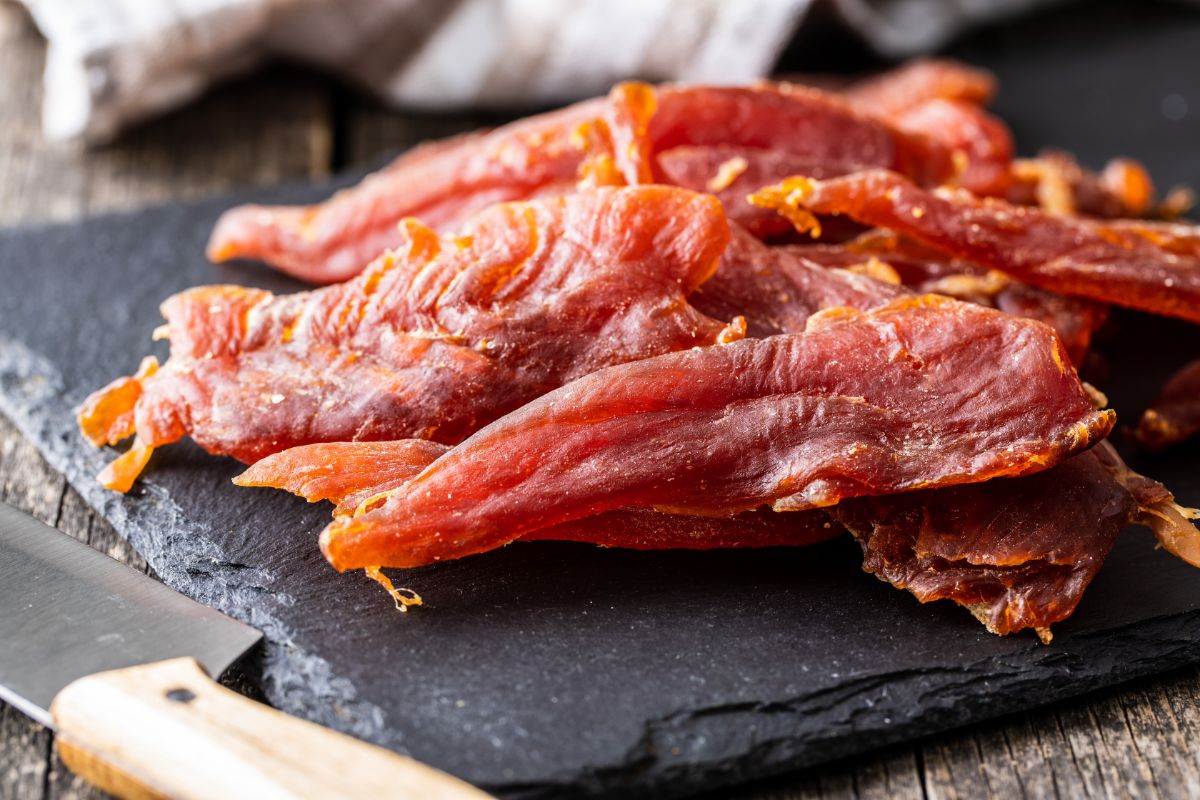

Kitchen Appliances
How To Dehydrate Chicken Without A Dehydrator
Modified: January 8, 2024
Learn how to dehydrate chicken without a dehydrator using common kitchen appliances. Save space and make delicious dehydrated chicken at home.
(Many of the links in this article redirect to a specific reviewed product. Your purchase of these products through affiliate links helps to generate commission for Storables.com, at no extra cost. Learn more)
Introduction
Welcome to the world of dehydrated chicken! Whether you're a camping enthusiast, a meal-prepping pro, or simply looking for a convenient and delicious way to incorporate protein into your diet, dehydrating chicken without a dehydrator opens up a world of culinary possibilities. This article will guide you through the process of transforming fresh chicken into lightweight, shelf-stable, and flavor-packed dehydrated chicken using just your oven.
Dehydrating food is a time-honored method of preserving perishable items, and chicken is no exception. By removing the moisture from the meat, you can significantly extend its shelf life while retaining its nutritional value and savory taste. While dehydrating chicken typically requires a specialized dehydrator, we'll explore how to achieve the same results using a standard oven, making this method accessible to a wider audience.
The beauty of dehydrated chicken lies in its versatility. Once dehydrated, the chicken can be used in an array of dishes, including soups, stews, salads, and wraps. It's also a convenient snack on its own, providing a protein-packed boost for your on-the-go adventures. By dehydrating your own chicken, you have complete control over the seasoning and can customize the flavor to suit your preferences.
In the following sections, we'll delve into the step-by-step process of preparing, seasoning, and dehydrating the chicken in your oven. We'll also cover essential tips for storing the dehydrated chicken to maintain its quality and flavor over time. So, roll up your sleeves, preheat your oven, and get ready to embark on a culinary journey that will elevate your meals and simplify your food storage. Let's dive into the world of dehydrated chicken without a dehydrator!
Key Takeaways:
- Transform fresh chicken into lightweight, flavor-packed dehydrated chicken using just your oven. Enjoy protein-packed, savory goodness in soups, stews, salads, and snacks, elevating your meals and simplifying food storage.
- Prepare, season, and dehydrate chicken in your oven for a delightful culinary experience. Store it properly to maintain its quality and flavor, unlocking a world of culinary possibilities for months to come.
Preparing the Chicken
Before diving into the dehydrating process, it’s crucial to start with high-quality, fresh chicken. Whether you opt for boneless, skinless chicken breasts or thighs, ensure that the meat is trimmed of excess fat and connective tissue. This not only enhances the flavor and texture of the dehydrated chicken but also contributes to its longevity during storage.
Begin by placing the chicken on a clean cutting board and using a sharp knife to remove any visible fat and skin. Trimming the chicken not only promotes better dehydration but also reduces the risk of rancidity during storage. Once trimmed, slice the chicken into thin, uniform strips. This ensures even dehydration and speeds up the process, resulting in a consistent texture throughout the batch.
For optimal results, aim for a thickness of around 1/4 inch (0.6 cm) for the chicken strips. If you’re planning to use the dehydrated chicken in soups or stews, consider cutting the strips into smaller, bite-sized pieces. This will facilitate rehydration and ensure that the chicken integrates seamlessly into your dishes.
After slicing the chicken, it’s essential to address food safety. Since chicken is a perishable item, it’s crucial to adhere to proper hygiene and sanitation practices. Thoroughly clean all utensils, surfaces, and your hands after handling raw chicken to prevent cross-contamination. Additionally, ensure that the chicken is stored at a safe temperature prior to dehydration to minimize the risk of bacterial growth.
By taking the time to prepare the chicken properly, you set the stage for successful dehydration and, ultimately, a delightful culinary experience. With the chicken sliced to perfection and food safety measures in place, you’re ready to move on to the next step: seasoning the chicken to infuse it with irresistible flavor.
Seasoning the Chicken
Now that the chicken is expertly sliced and prepared, it’s time to elevate its flavor profile through seasoning. This step is where you can unleash your creativity and tailor the taste of the dehydrated chicken to your liking. Whether you prefer classic savory seasonings, spicy blends, or aromatic herbs, the choice is yours.
Before applying the seasonings, it’s important to ensure that the chicken strips are patted dry with paper towels. This promotes better adhesion of the seasonings and aids in the dehydration process. Once dry, transfer the chicken strips to a bowl and begin the seasoning process.
A versatile and popular option for seasoning dehydrated chicken is a simple blend of salt, pepper, and garlic powder. This timeless combination provides a savory foundation that complements a wide range of dishes. For a touch of heat, consider incorporating a pinch of cayenne pepper or a sprinkle of smoked paprika to add depth to the flavor profile.
If you’re craving a more robust and aromatic profile, experiment with a blend of dried herbs such as oregano, thyme, and rosemary. This herbaceous medley infuses the chicken with earthy and fragrant notes, enhancing its overall appeal in various culinary applications.
For those who appreciate a hint of sweetness, a sprinkle of brown sugar or a drizzle of honey can add a delightful dimension to the dehydrated chicken. When paired with savory or spicy elements, this touch of sweetness creates a harmonious balance of flavors that tantalizes the taste buds.
Once the seasonings are applied, gently toss the chicken strips to ensure even coverage. This step guarantees that every bite of the dehydrated chicken is imbued with the delectable flavors you’ve chosen. With the chicken impeccably seasoned, it’s time to proceed to the next phase: dehydrating the chicken in the oven.
You can dehydrate chicken without a dehydrator by using an oven set to its lowest temperature. Simply place the chicken on a baking sheet and cook until it is dried out.
Dehydrating the Chicken in the Oven
With the chicken expertly prepared and seasoned to perfection, the next step is to harness the power of your oven to transform the seasoned chicken strips into delectable, shelf-stable morsels. While traditional dehydrators are commonly used for this process, the oven provides an accessible and effective alternative for achieving the same results.
Preheat your oven to a low temperature, ideally around 140°F to 165°F (60°C to 74°C). This gentle heat facilitates the dehydration process without cooking the chicken, resulting in tender, flavorful strips that retain their nutritional value and savory essence. To expedite the dehydration, consider slightly propping the oven door open to allow moisture to escape, promoting airflow and efficient drying.
Arrange the seasoned chicken strips on wire racks set over baking sheets. This setup allows air to circulate around the chicken, ensuring uniform dehydration. Avoid overcrowding the racks, as this can impede airflow and lead to uneven drying. Depending on the quantity of chicken being dehydrated, you may need to work in batches to ensure optimal results.
Place the prepared racks in the preheated oven and let the magic unfold. The duration of the dehydration process can vary based on factors such as the thickness of the chicken strips, the oven temperature, and the desired level of dryness. Typically, the dehydration process can take anywhere from 2 to 4 hours, but periodic monitoring is essential to gauge the progress and prevent over-drying.
Throughout the dehydration period, periodically check the chicken for readiness. The strips should be firm and dry to the touch, with no remaining moisture or soft spots. It’s important to note that slightly pliable chicken strips are ideal, as they will rehydrate beautifully when incorporated into soups, stews, or other dishes.
Once the chicken reaches the desired level of dehydration, remove the racks from the oven and allow the chicken to cool completely. This cooling period helps the chicken achieve its final texture and ensures that it’s ready for storage or immediate enjoyment. With the dehydrated chicken now perfected, it’s time to explore the essential steps for storing and preserving its flavor and quality.
Storing the Dehydrated Chicken
After the dehydrated chicken has been meticulously prepared and cooled to perfection, the final crucial step is to ensure its long-term storage and preservation. Proper storage not only maintains the flavor and quality of the dehydrated chicken but also extends its shelf life, allowing you to enjoy its savory goodness whenever the craving strikes.
First and foremost, it’s imperative to confirm that the dehydrated chicken has reached the ideal level of dryness. The strips should be firm, leathery, and devoid of any residual moisture. This ensures that the chicken is primed for long-term storage and is less susceptible to spoilage.
To maintain the dehydrated chicken’s peak flavor and texture, transfer the cooled strips to airtight containers or resealable bags. Squeeze out as much air as possible before sealing the containers, as oxygen can compromise the chicken’s quality over time. Additionally, consider using vacuum-sealing equipment to further minimize air exposure, enhancing the chicken’s shelf life and preserving its delectable essence.
When selecting storage containers for the dehydrated chicken, opt for materials that shield the contents from light, as exposure to light can degrade the flavor and nutritional integrity of the chicken over time. Store the containers in a cool, dark, and dry environment to safeguard the dehydrated chicken from environmental factors that could compromise its quality.
Label the storage containers with the date of dehydration to track the freshness of the chicken. Properly stored, dehydrated chicken can maintain its quality for several months to a year, making it a convenient and versatile addition to your culinary repertoire. Whether you’re preparing for outdoor adventures, stocking your pantry, or crafting flavorful meals, having dehydrated chicken at your fingertips opens up a world of culinary possibilities.
By following these essential steps for storing the dehydrated chicken, you can savor its savory essence and protein-packed goodness whenever inspiration strikes. Whether you’re incorporating it into your favorite recipes or enjoying it as a standalone snack, the dehydrated chicken offers a convenient and delicious way to elevate your meals and simplify your food storage.
With the dehydrated chicken expertly prepared, seasoned, dehydrated, and stored, you’ve unlocked the potential for culinary creativity and convenience. Embrace the versatility of dehydrated chicken, and let its savory allure enhance your culinary adventures and nourish your body with wholesome, protein-rich goodness.
Frequently Asked Questions about How To Dehydrate Chicken Without A Dehydrator
Was this page helpful?
At Storables.com, we guarantee accurate and reliable information. Our content, validated by Expert Board Contributors, is crafted following stringent Editorial Policies. We're committed to providing you with well-researched, expert-backed insights for all your informational needs.
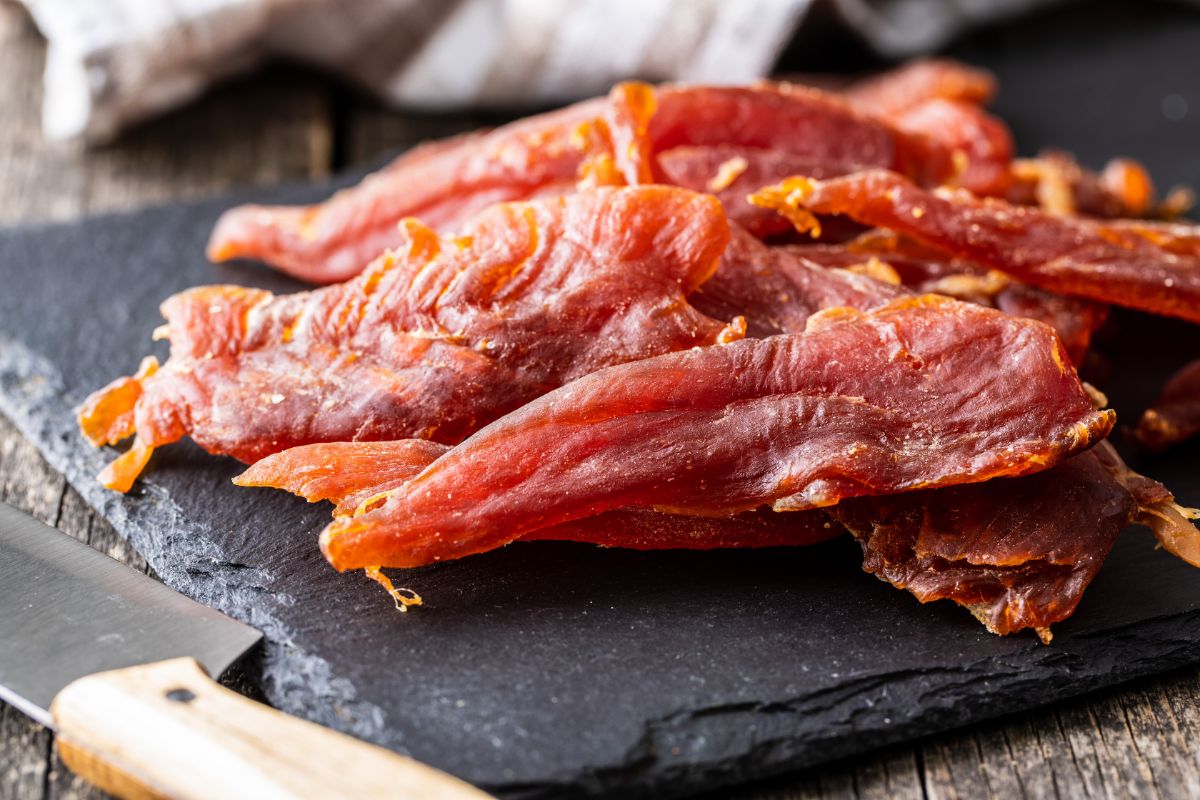
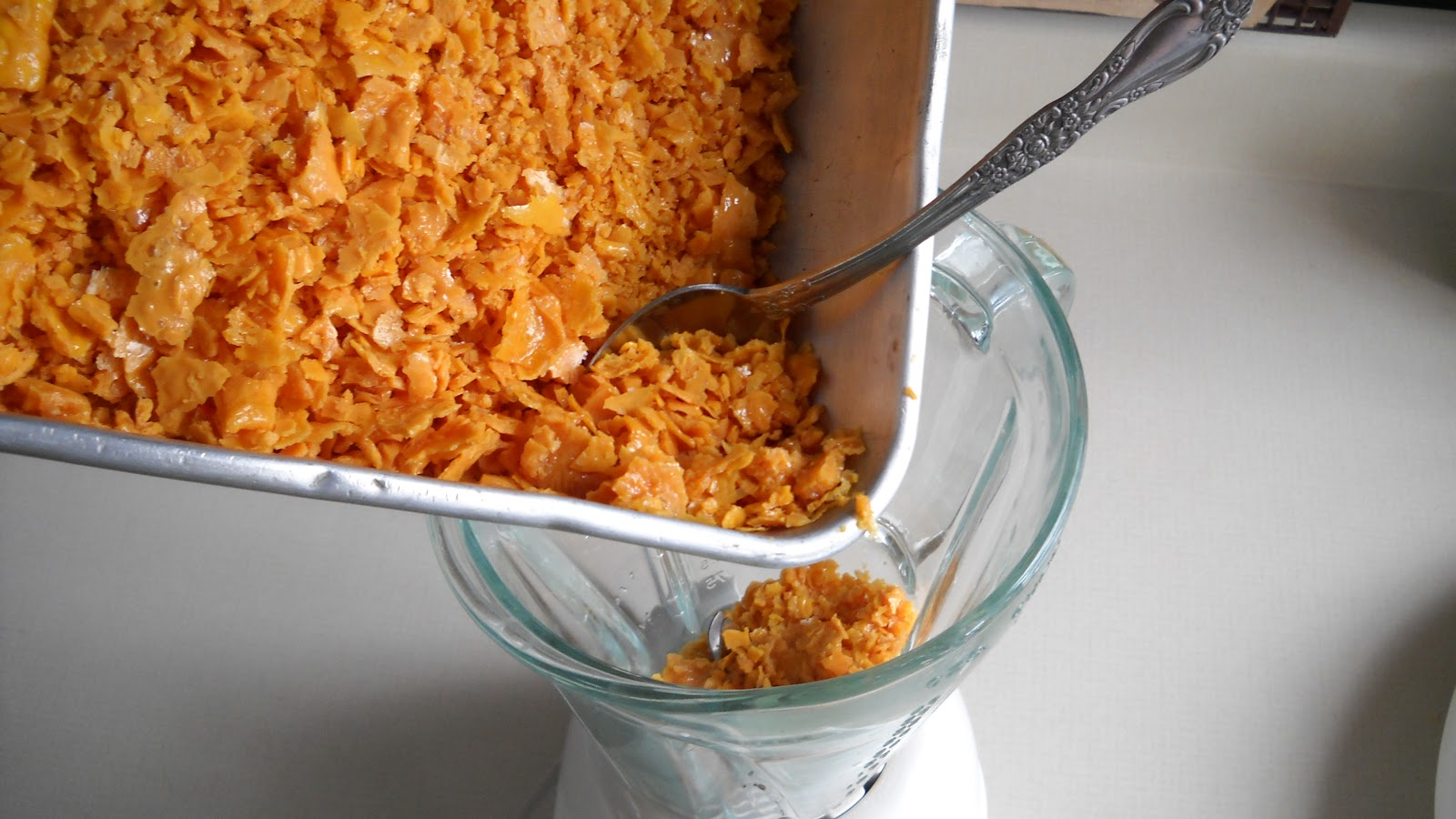
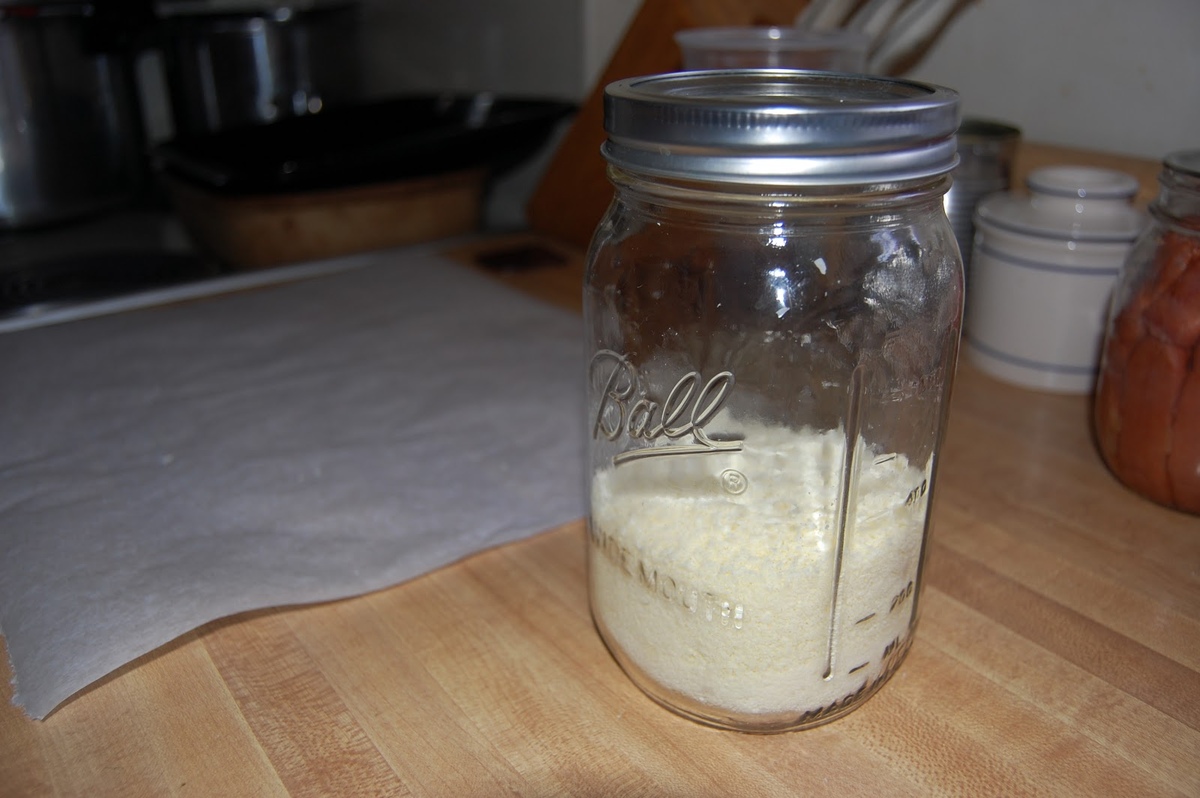
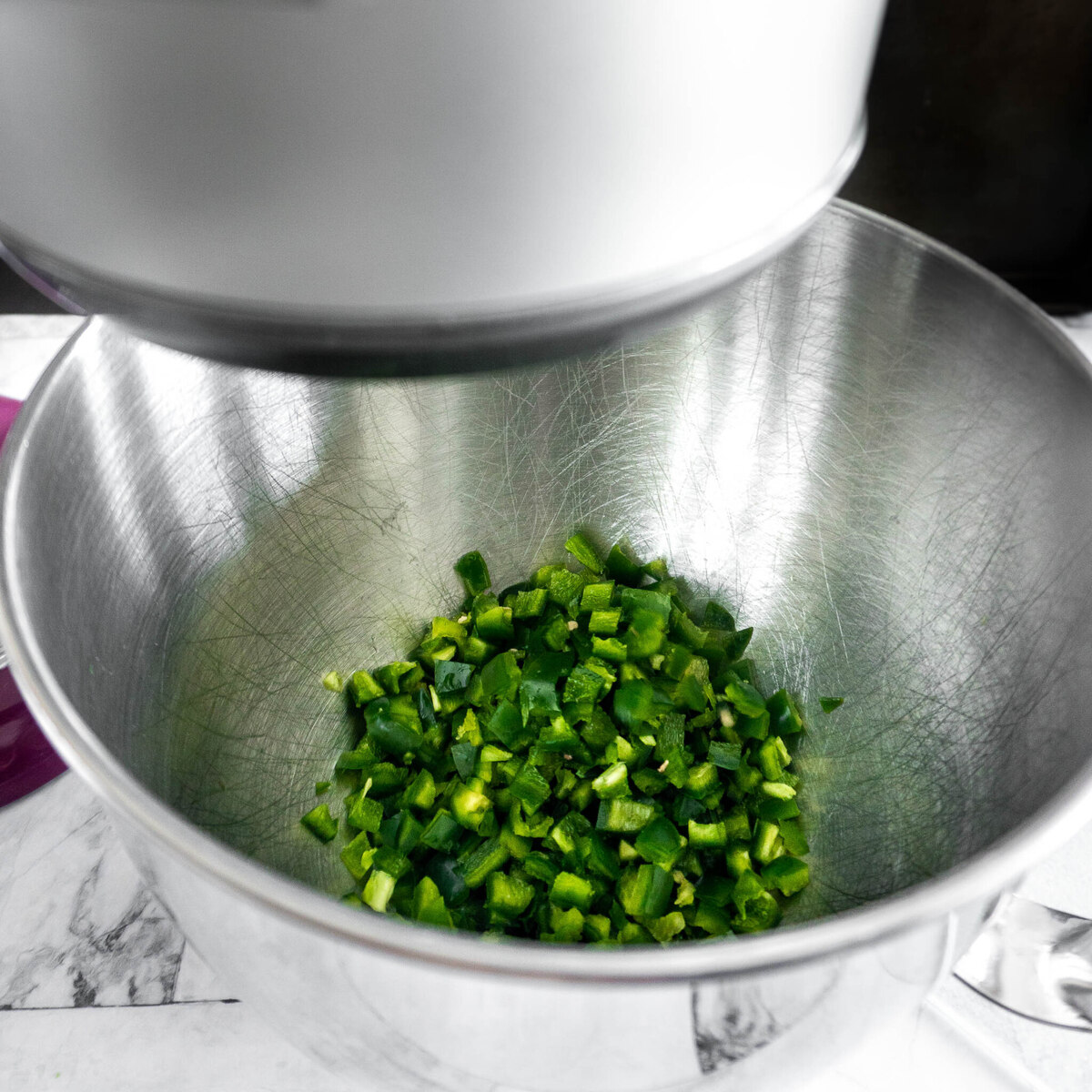
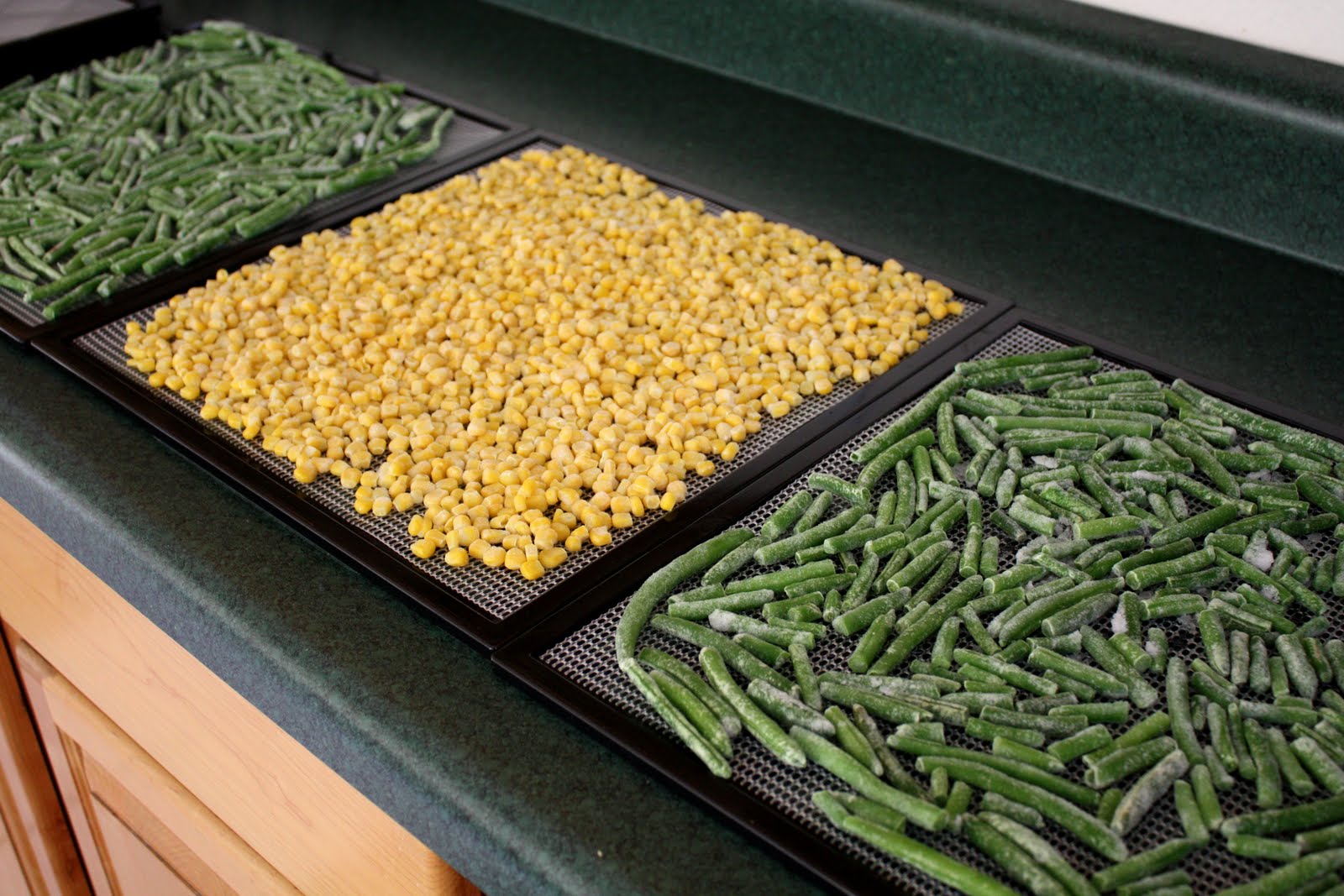
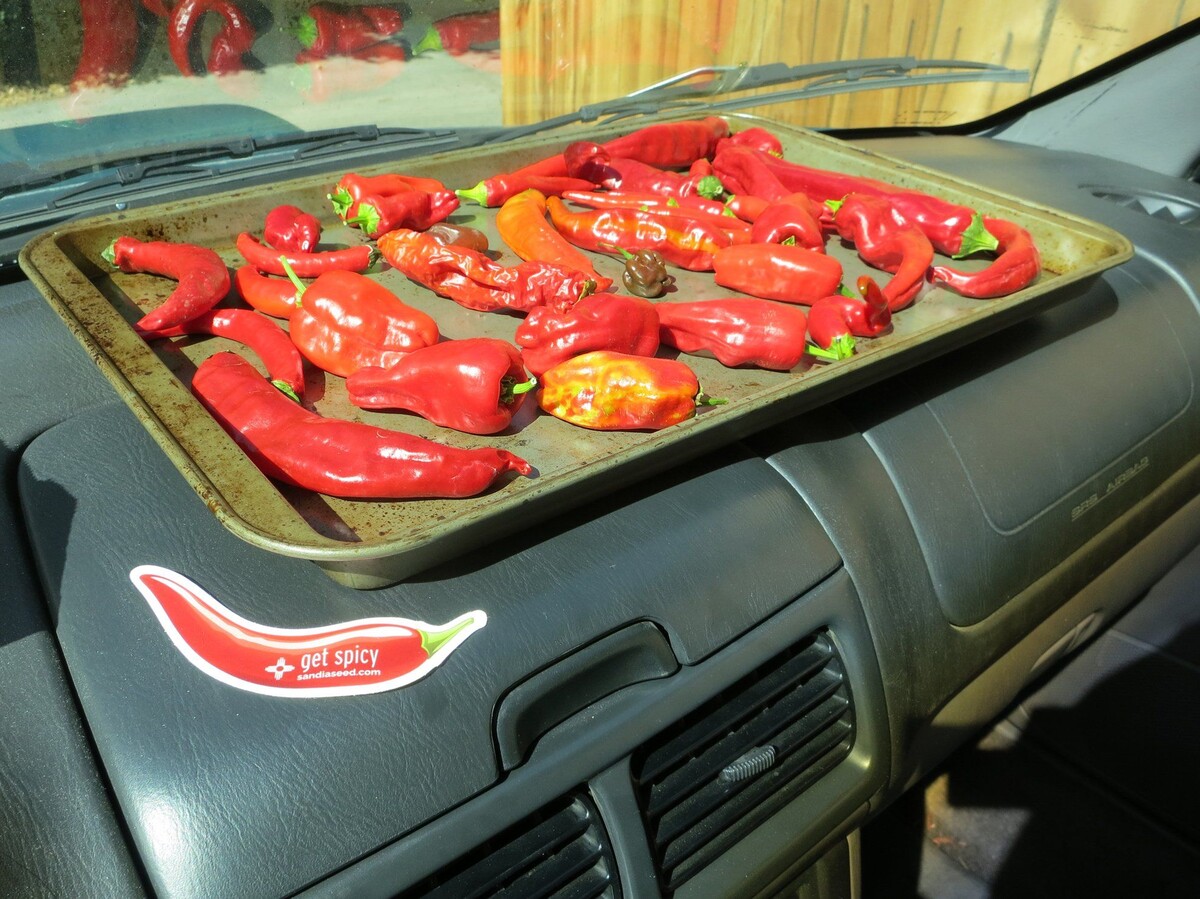

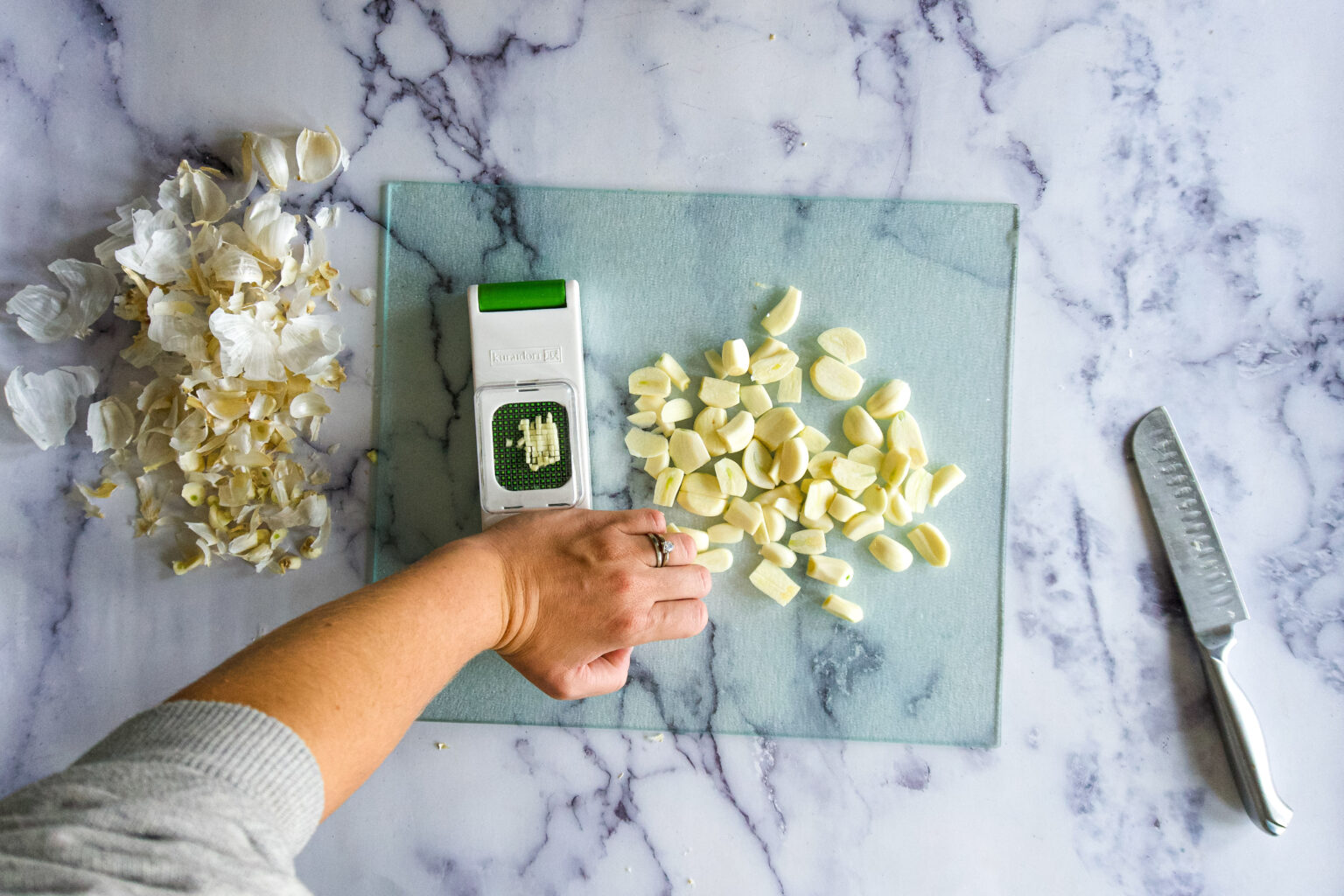
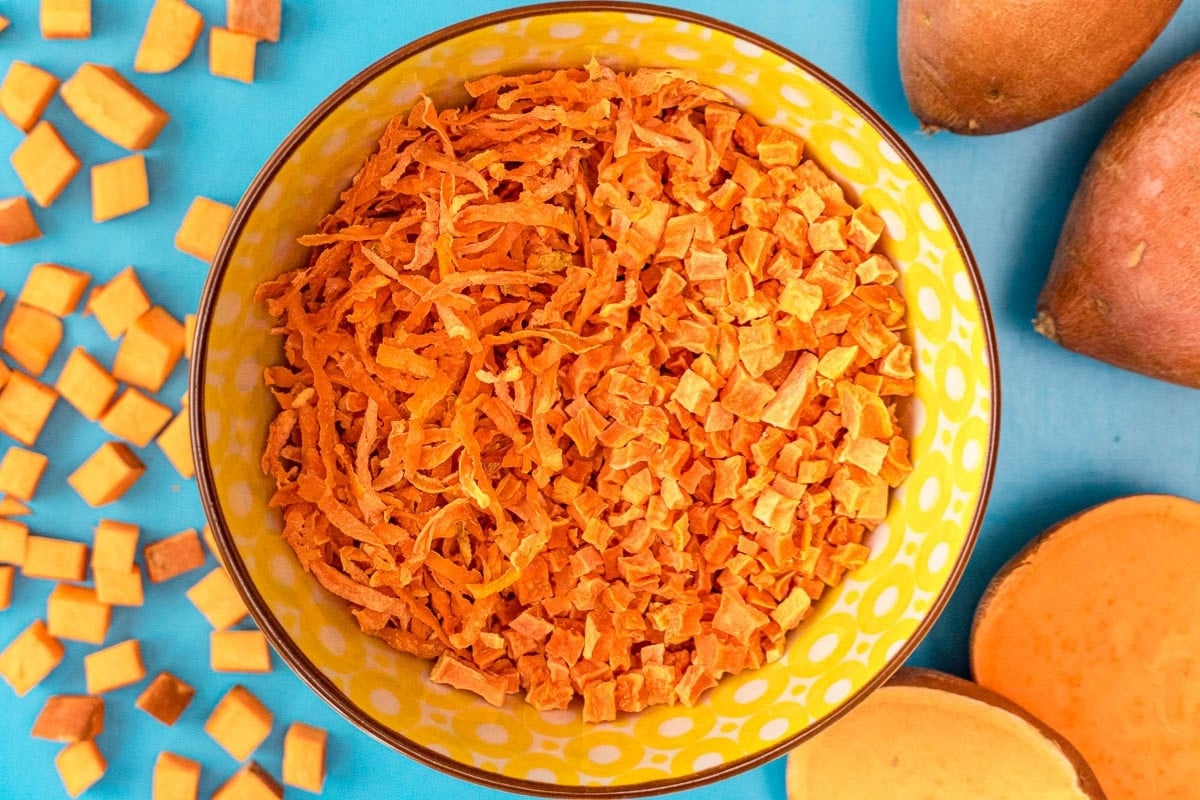
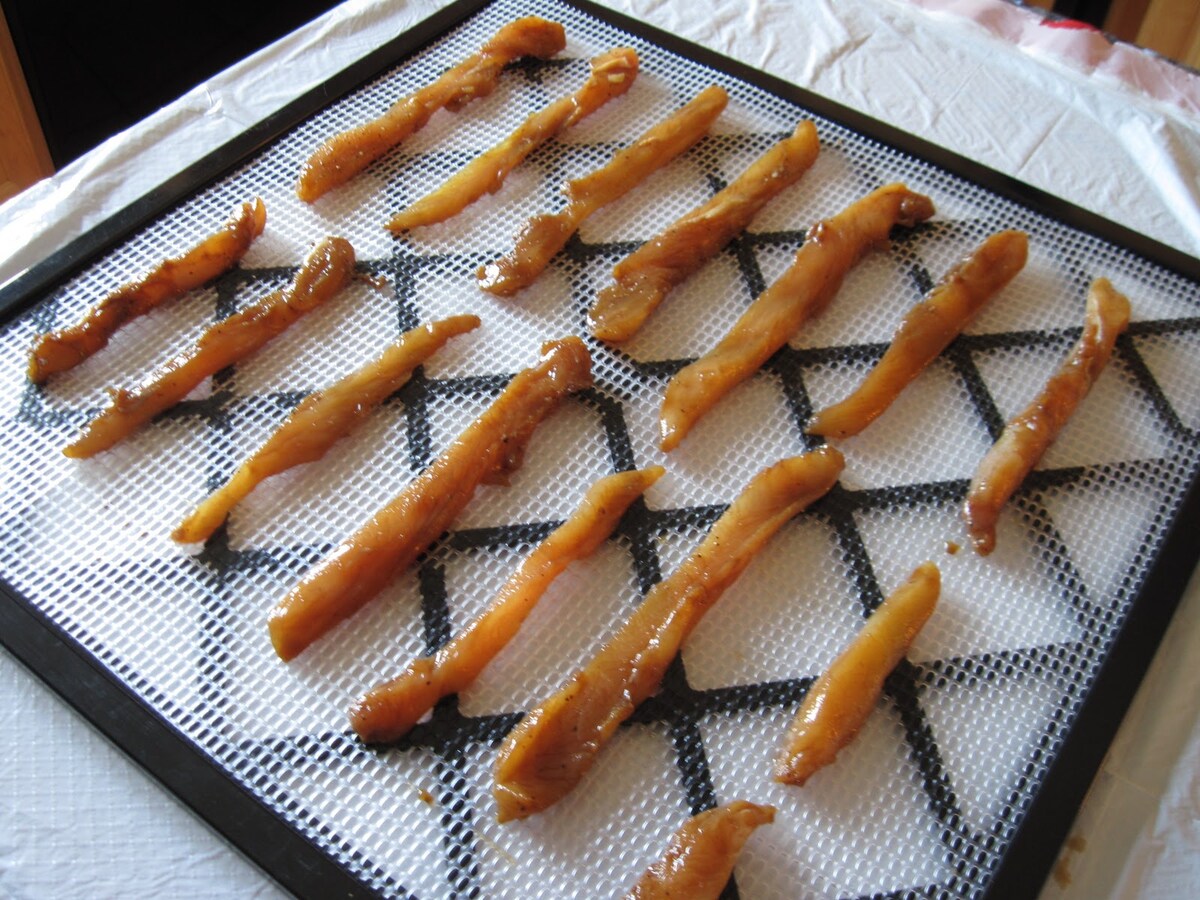

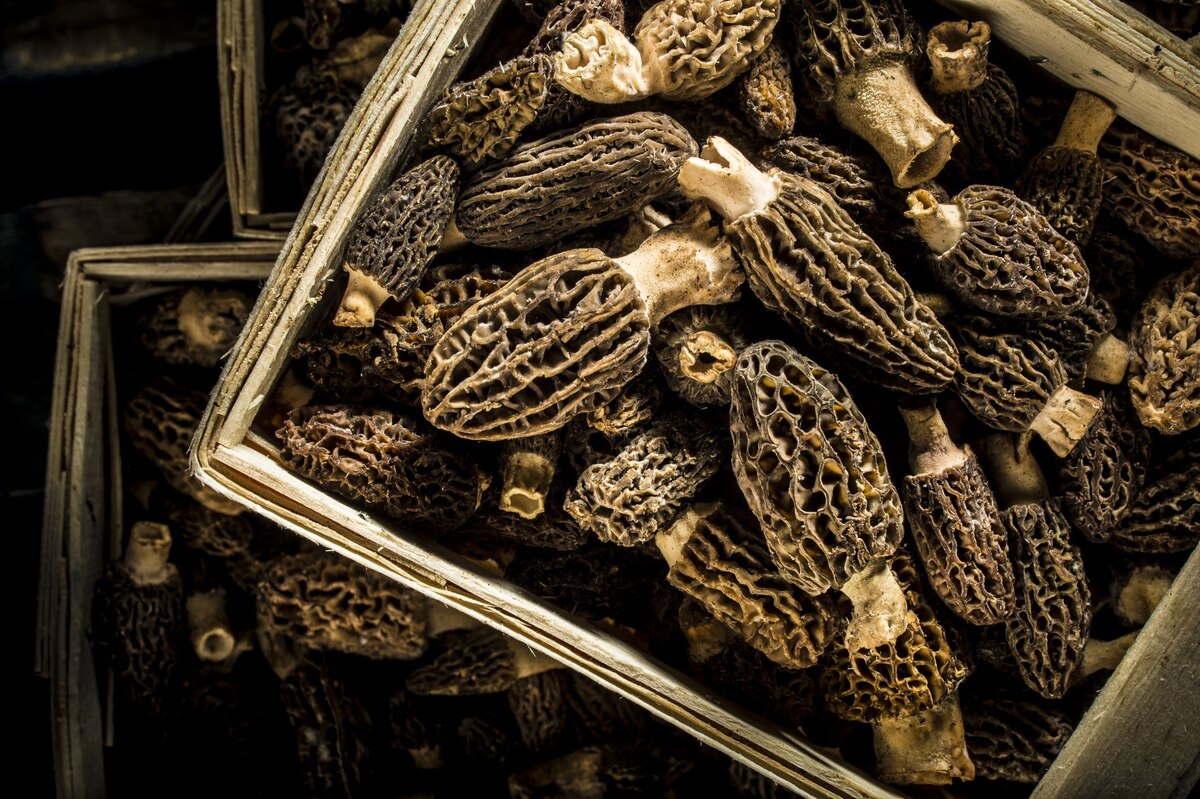
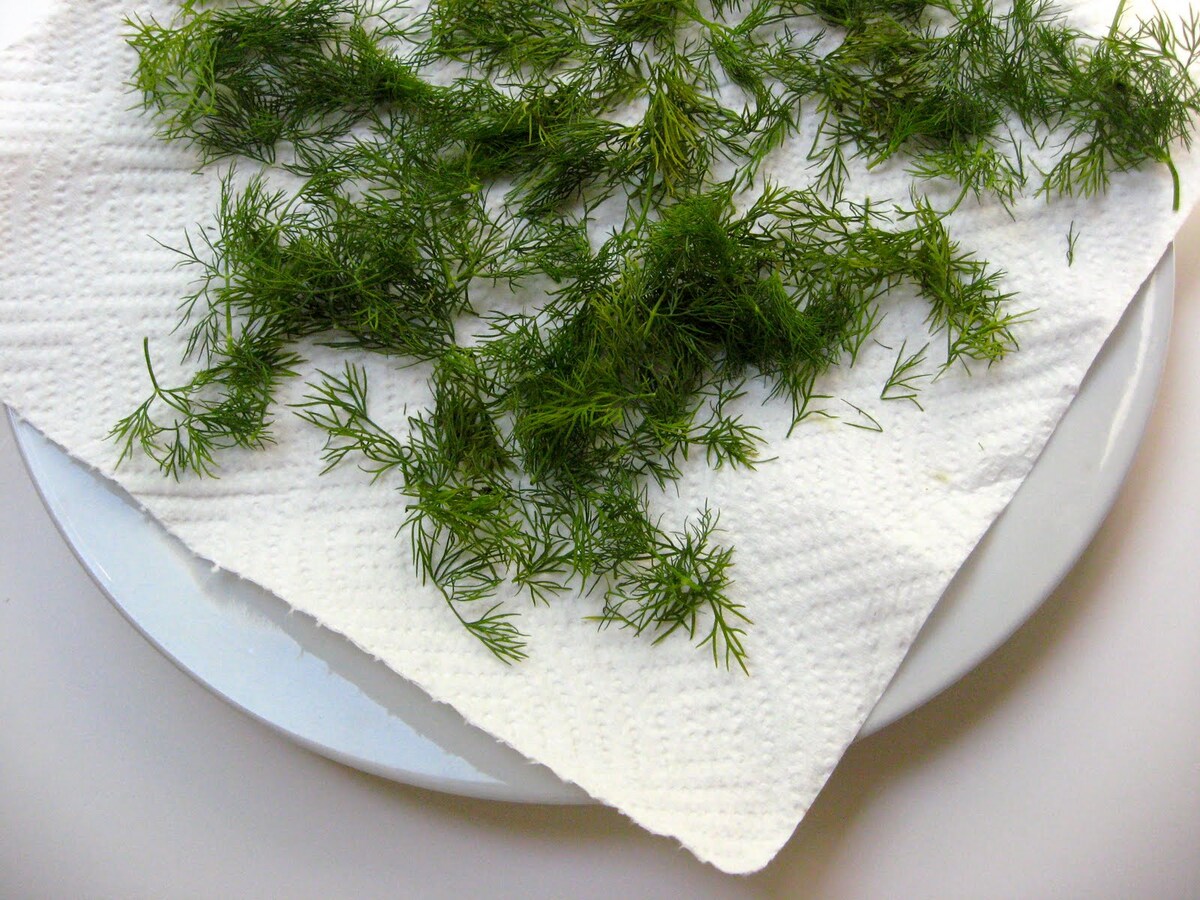

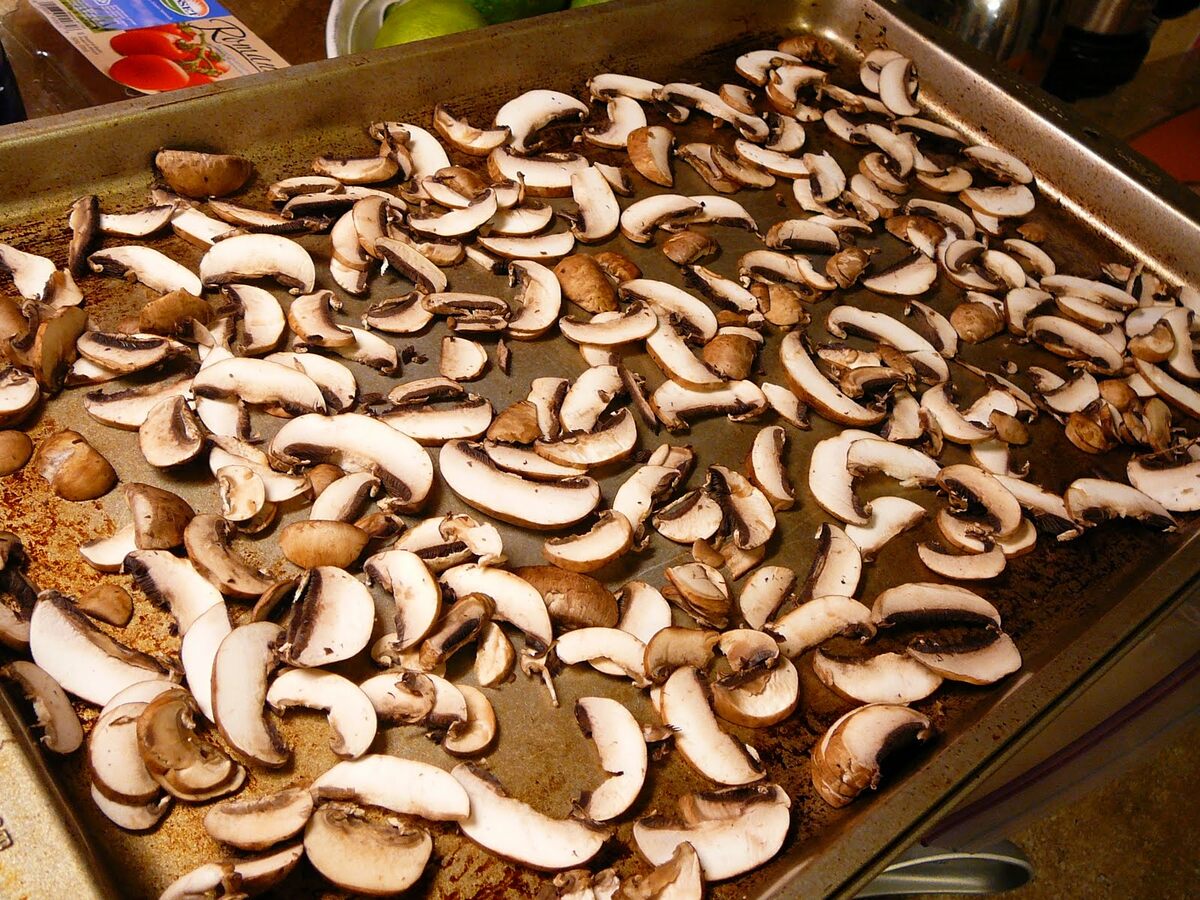

0 thoughts on “How To Dehydrate Chicken Without A Dehydrator”